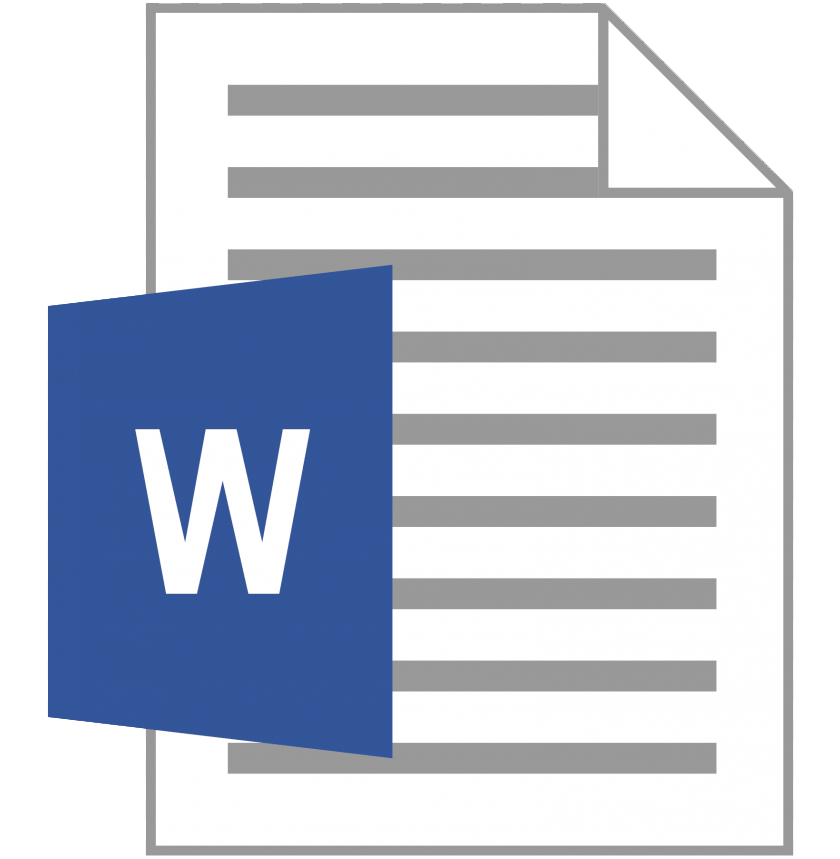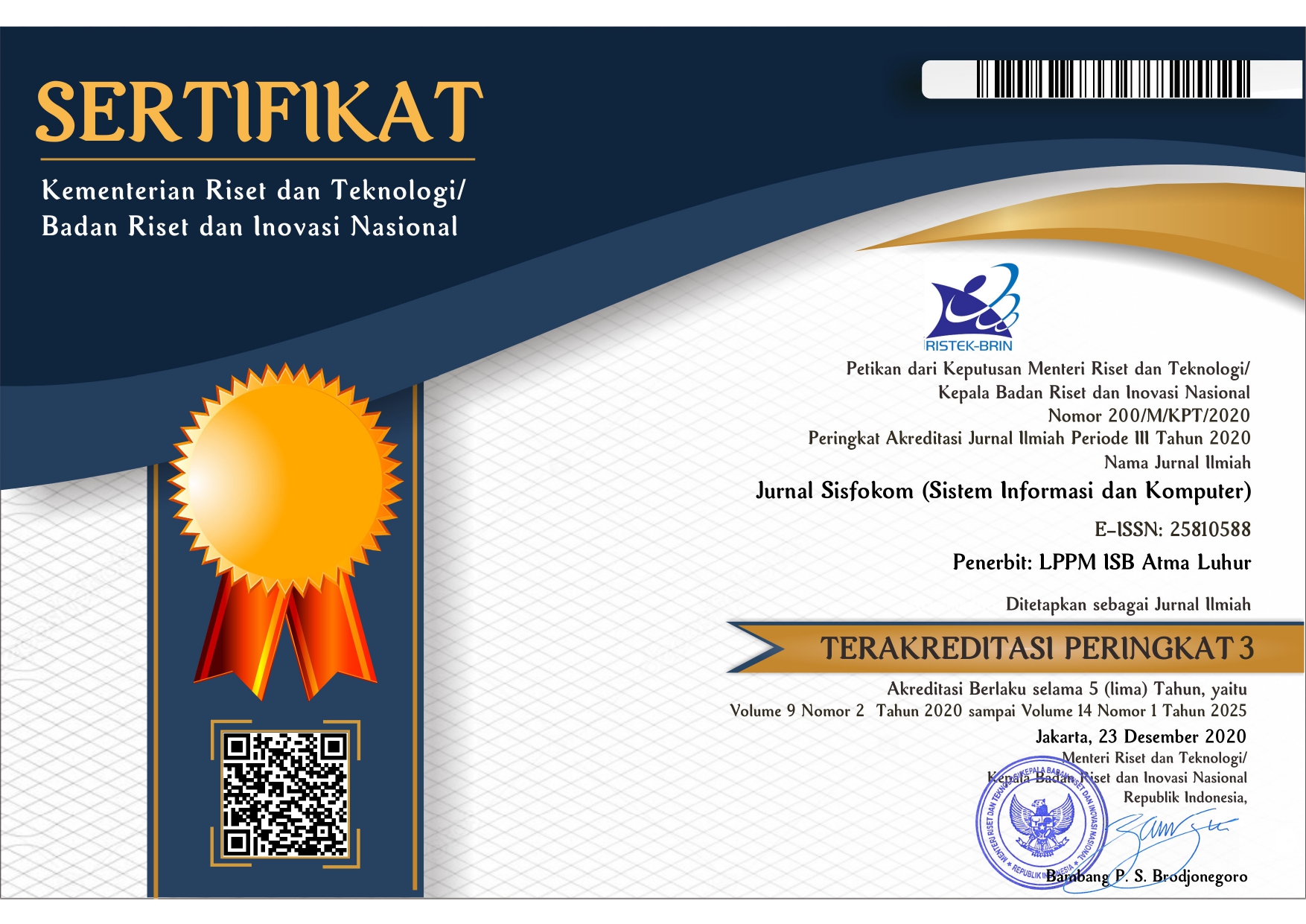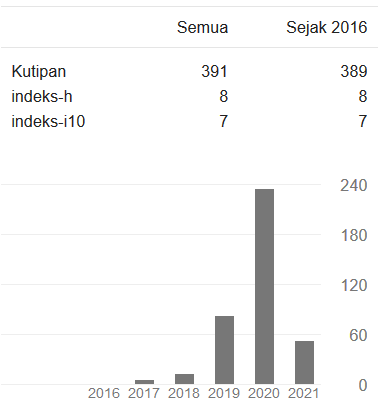Implementasi Usability Testing dalam Evaluasi Website Sekolah
DOI:
https://doi.org/10.32736/sisfokom.v9i3.1000Keywords:
Usability Testing, Website, SMK Negeri SumselAbstract
One of the products of information technology that is common today is the school website. Where the school website is the spearhead for schools in disseminating information to related parties. The most important aspect of a website is the usability aspect because it greatly affects visitor convenience. The use of the website for disseminating information is also used by SMK Negeri Sumsel and the school's main portal on the internet. For that to see the importance of the usability aspect, this study aims to see the level of usability of the SMK Negeri Sumsel website. In measuring the level of usability, usability testing techniques are used with the stages of preparation, selecting respondents, data collection and data analysis. The test results show that the usability aspects on the website such as errors, learnability, memorability and satisfaction get good ratings while the efficiency aspects are not categorized as good.References
L. Kusworo and A. Handayanto, “Sistem Informasi Lomba Aplikasi Mobile Kihajar Berbasis Website Pada Balai Pengembangan Multimedia Pendidikan Dan Kebudayaan,” Sens 4, vol. 1, no. 1, 2019.
I. Nuryanto, “Rancang Bangun Sistem Informasi Pengelolaan Proyek Dak Sekolah Dasar Berbasis Web Dan Multimedia (Studi kasus: CV. Star Norst Kab Temanggung),” Respati, vol. 8, no. 22, 2017.
N. Oktaviani and F. Fatmasari, “Measuring User Perspectives on Website Conference Using System Usability Scale,” J. Inf. Syst. Informatics, vol. 2, no. 2, pp. 279–290, 2020.
N. Wedayanti, N. K. A. Wirdiani, and I. K. A. Purnawan, “Evaluasi Aspek Usability pada Aplikasi Simalu Menggunakan Metode Usability Testing,” J. MERPATI, vol. 7, no. 2, pp. 113–124, 2019.
F. Purwaningtias and U. Ependi, “Pengujian Usability Website Pondok Pesantren Qodratullah Menggunakan System Usability Scale,” J. Sains dan Inform., vol. 6, no. 1, pp. 34–43, 2020.
A. H. Mirza and D. Irawan, “Usability Testing of Senjang Muba Application Using System Usability Scale,” J. Inf. Syst. Informatics, vol. 2, no. 2, pp. 231–245, 2020.
F. Dias and A. C. R. Paiva, “Pattern-based usability testing,” in 2017 IEEE International Conference on Software Testing, Verification and Validation Workshops (ICSTW), 2017, pp. 366–371.
U. Ependi, T. B. Kurniawan, and F. Panjaitan, “System Usability Scale Vs Heuristic Evaluation: A Review,” Simetris J. Tek. Mesin, Elektro dan Ilmu Komput., vol. 10, no. 1, pp. 65–74, 2019.
B. O. Y. ALFITRI, “Evaluasi Kegunaan Sistem Informasi Akademik Universitas Abdurrab Menggunakan Metode Website Usability Evaluation.” Universitas Islam Negeri Sultan Syarif Kasim Riau, 2020.
R. A. Pratama, “Evaluasi Usability Website Stmik Hangtuah Menggunakan Metode System Usability Scale.” Universitas Islam Negeri Sultan Syarif Kasim Riau, 2020.
P. W. Novika, “Pengaruh Penerapan SOP dan Lingkungan Kerja Terhadap Kinerja Guru di SD Negeri 001 Sekupang,” J. Elektornik, vol. 2, no. 1, 2018.
S. Christie Soleman, “Analisa Pengaruh Application Quality terhadap E-Trust serta Implikasinya terhadap Online Booking Intentions: Telaah pada Mobile Application Airy Indonesia.” Universitas Multimedia Nusantara, 2019.
D. Pratiwi, M. C. Saputra, and N. H. Wardani, “Penggunaan Metode User Centered Design (UCD) dalam Perancangan Ulang Web Portal Jurusan Psikologi FISIP Universitas Brawijaya,” J. Pengemb. Teknol. Inf. dan Ilmu Komput. e-ISSN, vol. 2548, p. 964X, 2017.
U. Ependi, A. Putra, and F. Panjaitan, “Evaluasi tingkat kebergunaan aplikasi Administrasi Penduduk menggunakan teknik System Usability Scale,” Regist. J. Ilm. Teknol. Sist. Inf., vol. 5, no. 1, pp. 63–76, 2019.
R. Andespa, “Faktor-Faktor yang Mempengaruhi Minat Nasabah dalam Menabung di Bank Syariah,” Al-Masraf J. Lemb. Keuang. dan Perbank., vol. 2, no. 1, pp. 43–57, 2017.
F. Yusup, “Uji validitas dan reliabilitas instrumen penelitian kuantitatif,” Tarb. J. Ilm. Kependidikan, vol. 7, no. 1, 2018.
T. Husain and A. Budiyantara, “Analisis End-User Computing Satisfaction (EUCS) Dan WebQual 4.0 Terhadap Kepuasan Pengguna,” JATISI (Jurnal Tek. Inform. dan Sist. Informasi), vol. 4, no. 2, pp. 164–176, 2018.
Downloads
Published
Issue
Section
License
The copyright of the article that accepted for publication shall be assigned to Jurnal Sisfokom (Sistem Informasi dan Komputer) and LPPM ISB Atma Luhur as the publisher of the journal. Copyright includes the right to reproduce and deliver the article in all form and media, including reprints, photographs, microfilms, and any other similar reproductions, as well as translations.
Jurnal Sisfokom (Sistem Informasi dan Komputer), LPPM ISB Atma Luhur, and the Editors make every effort to ensure that no wrong or misleading data, opinions or statements be published in the journal. In any way, the contents of the articles and advertisements published in Jurnal Sisfokom (Sistem Informasi dan Komputer) are the sole and exclusive responsibility of their respective authors.
Jurnal Sisfokom (Sistem Informasi dan Komputer) has full publishing rights to the published articles. Authors are allowed to distribute articles that have been published by sharing the link or DOI of the article. Authors are allowed to use their articles for legal purposes deemed necessary without the written permission of the journal with the initial publication notification from the Jurnal Sisfokom (Sistem Informasi dan Komputer).
The Copyright Transfer Form can be downloaded [Copyright Transfer Form Jurnal Sisfokom (Sistem Informasi dan Komputer).
This agreement is to be signed by at least one of the authors who have obtained the assent of the co-author(s). After submission of this agreement signed by the corresponding author, changes of authorship or in the order of the authors listed will not be accepted. The copyright form should be signed originally, and send it to the Editorial in the form of scanned document to sisfokom@atmaluhur.ac.id.






